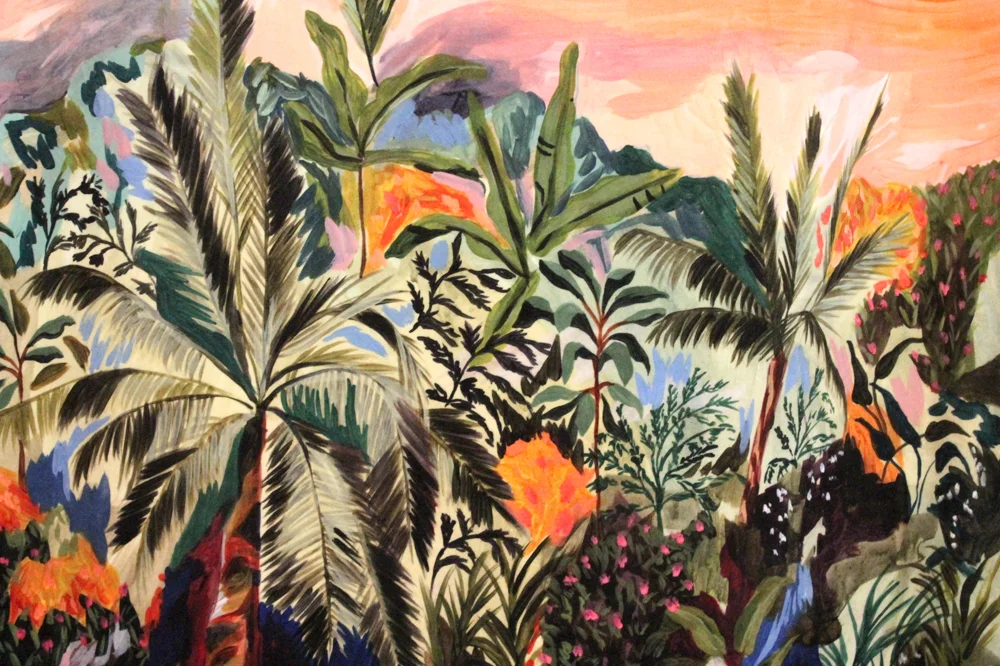
Joules x New Designers
It’s that time again, fledgling designers are being pushed gently out of the nest and into the real world. It’s an exciting time, and I was lucky enough to visit New Designers to take a look at the new talent graduating this summer and learn more about how Joules champions creativity.

Joules x New Designers
Exploring the latest textile trends at New Designers in association with Joules.
